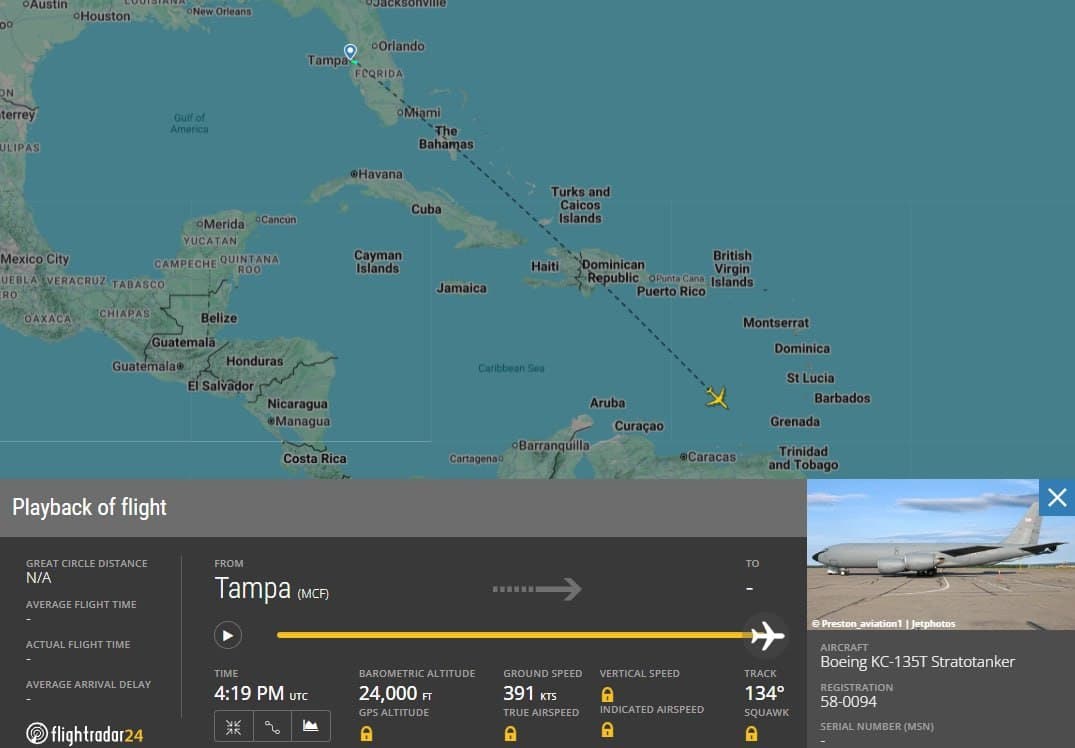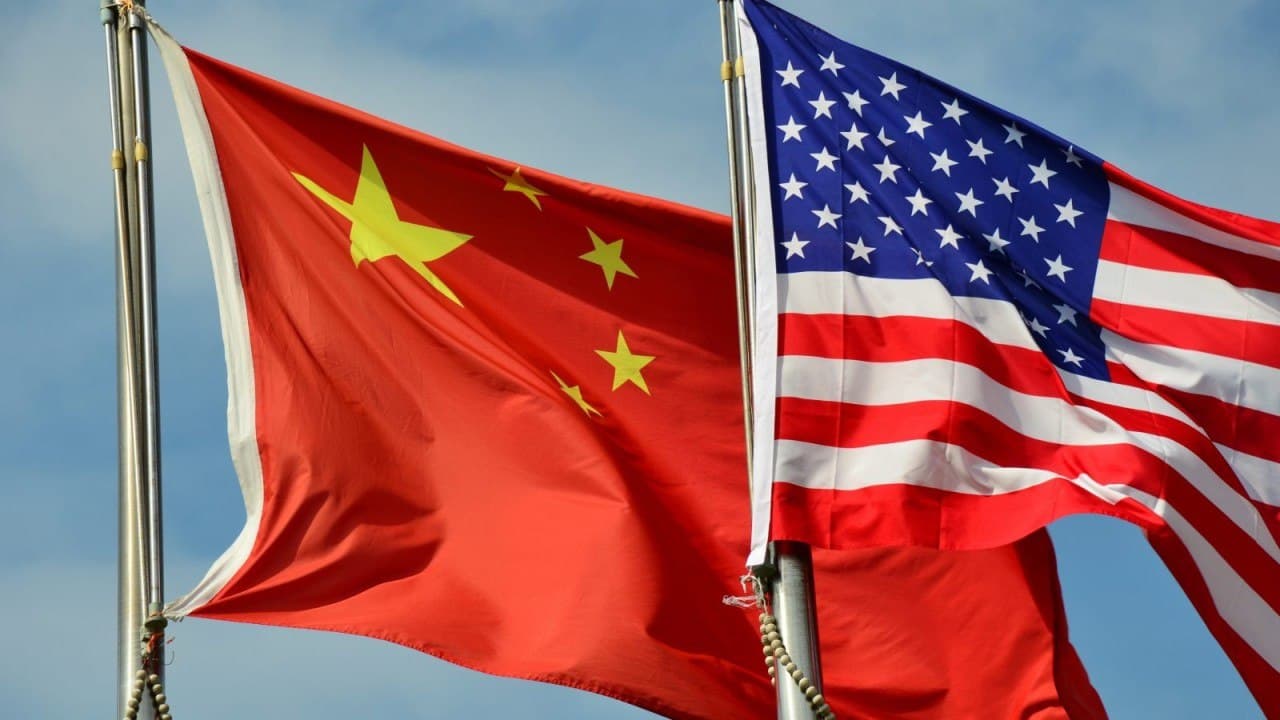U.S. Troops Withdraw from Key Bases in Syria and Iraq, Altering Regional Dynamics
In a significant shift in military presence, U.S. troops have officially withdrawn from three critical bases in Syria and Iraq, including the Conoco and Green Village installations. This move, confirmed by the Pentagon"s latest Operation Inherent Resolve (OIR) Quarterly Report, marks a pivotal moment in the U.S. military"s strategy in the region and raises questions about the future of American engagement in the Middle East.
Background & Context
The U.S. military has maintained a presence in Syria and Iraq as part of its ongoing efforts to combat the Islamic State (ISIS) and promote stability in the region. The bases affected by the recent withdrawal have played vital roles in coordinating operations and providing support to local forces against ISIS remnants. The Conoco base, located in northeastern Syria, has been particularly significant due to its proximity to oil fields, which have been a critical economic resource for various factions in the region.
This withdrawal comes amid a broader re-evaluation of U.S. military commitments overseas, reflecting a shift towards a more restrained approach to foreign interventions. Analysts suggest that this strategy may be influenced by the changing geopolitical landscape, including rising tensions with other global powers, as seen in recent developments regarding NATO and Russia.
Key Developments
The Pentagon"s announcement has sparked a range of reactions from stakeholders in the region. U.S. officials cited the success of local forces in combating ISIS and the diminishing threat posed by the group as key factors in the decision to withdraw. However, critics warn that this move could create a power vacuum that might be exploited by adversarial groups, including Iranian-backed militias and extremist factions seeking to reassert their influence.
Moreover, U.S. Central Command (CENTCOM) expressed confidence in the ability of local forces to maintain stability, but the long-term implications of this withdrawal remain uncertain. Experts emphasize that the region"s complex dynamics, including ongoing tensions between Kurdish forces and Turkey, could lead to renewed conflict in the absence of U.S. oversight.
Broader Impact
The implications of the U.S. troop withdrawal extend beyond immediate military considerations. Strategically, this decision could embolden Iran and its allies, who have been seeking to expand their foothold in both Iraq and Syria. The reduction of U.S. military presence may also affect the balance of power in the region, leading to increased hostilities among various factions vying for control.
Furthermore, the withdrawal could impact U.S. relations with regional allies, particularly those who have relied on American support in their own counter-terrorism efforts. As previously reported, Israel"s recent initiatives, such as its private sector aid initiative to Gaza, highlight the complexities of regional politics and the need for continued vigilance in the face of evolving threats.
What"s Next
Looking ahead, the U.S. military"s withdrawal from these key bases raises critical questions about future engagements in the Middle East. As local forces take on greater responsibility, the U.S. will need to reassess its role, balancing the need for support with the potential risks of a diminished presence. Ongoing diplomatic efforts will be essential to manage relationships with local governments and prevent the resurgence of extremist groups.
In the coming months, observers will closely monitor the situation on the ground, particularly in light of potential escalations involving Iranian proxies and the stability of newly autonomous local forces. The effectiveness of U.S. intelligence and support operations from afar will also be crucial as the region navigates this new chapter in its complex history.





![[Video] Trump says US lost 'a little bit of sovereignty' in New York](/_next/image?url=%2Fapi%2Fimage%2Fthumbnails%2Fthumbnail-1762374644834-4mb6g4-thumbnail.jpg&w=3840&q=75)
